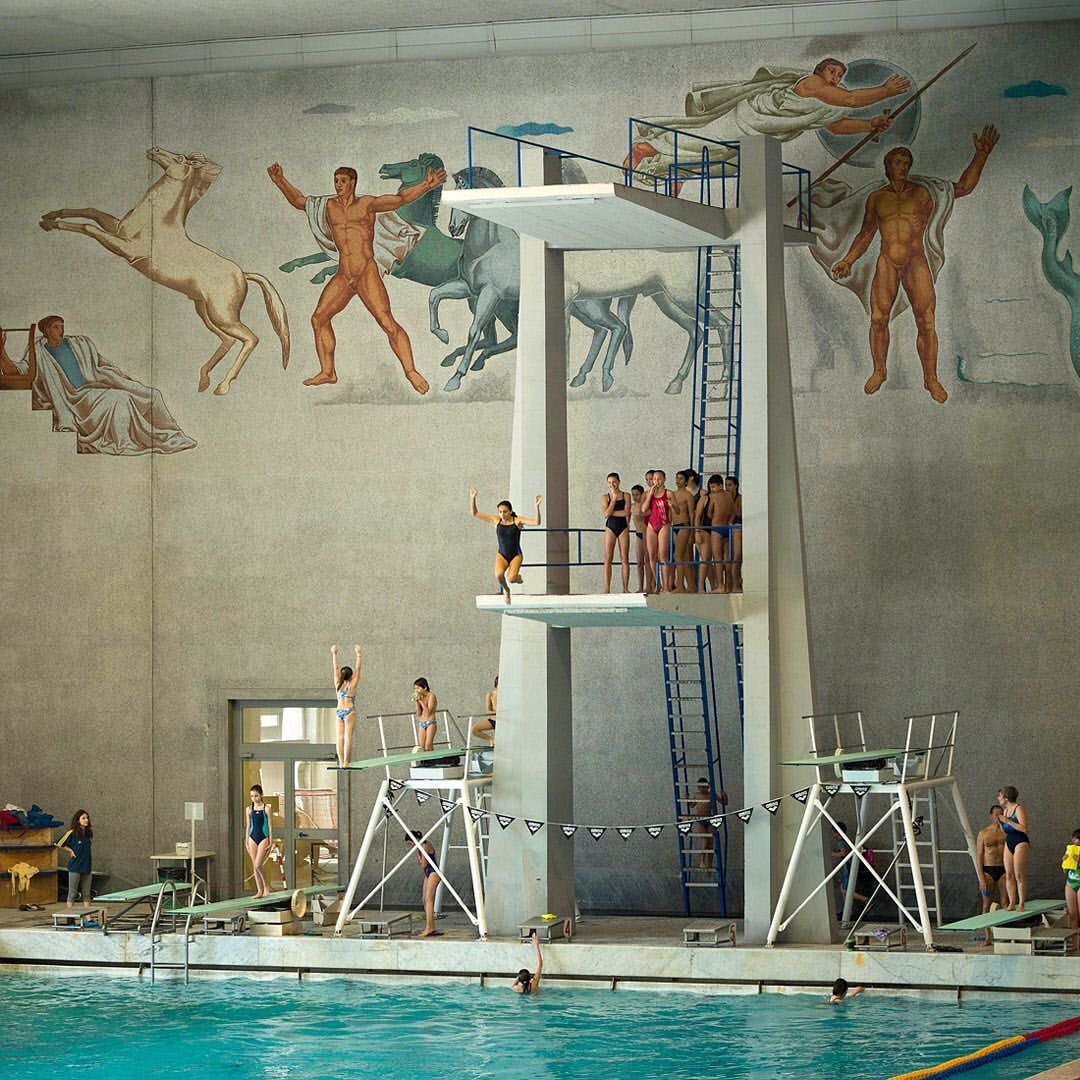Archives
- Home
- Event Page 38

County Fair
This content is accessible to paid subscribers. To view it please enter your password below or send mike@standardsmichigan.com a request for subscription details.
Summer Watersport
Dive Into an Open-Water Workout. 🏊♂️
Getting comfortable swimming in oceans and lakes often means overcoming fear, said @DanSimonelli, a marathon swimmer based in La Jolla, Calif., and the founder of the Open Water Swim Academy.https://t.co/FzLV02Cum3 via @NYtimes pic.twitter.com/IWNdfgQTsT
— Water Mark 🚰 (@OtayMark) August 4, 2023
Sapienza – Università di Roma@SapienzaRoma pic.twitter.com/WORGHs7A16
— Standards Michigan (@StandardsMich) July 23, 2022
🌊🌞 Buon primo fine settimana di agosto da #SapienzaSport! Ricordiamo che la #piscina resterà operativa fino al 12/8, prima della chiusura per la (breve) pausa estiva: ti aspettiamo a Tor di Quinto!
・・・
[Info su orari, prenotazioni e abbonamenti:
➡️ https://t.co/Lhq5eaYNsd] pic.twitter.com/cl57DqhFuj— SapienzaSport (@SportSapienza) August 4, 2023
✌️ records. ☝️ event.
Yesterday at #SpeedoJrNats, @CarmelSwimming's Aaron Shackell went 3:47.00 to take down the meet record while Pleasanton Seahawks' Luka Mijatovic set the 13-14 NAG record (lowering his own mark) with a 3:52.01! pic.twitter.com/z8p1OE7u2Q
— USA Swimming (@USASwimming) August 3, 2023
Devin Gilbert has been named our new Director of Operations! Happy to be keeping him on Rocky Top!https://t.co/xeuRfuqhgk
— Tennessee Swimming & Diving (@Vol_SwimDive) August 3, 2023
Summer Break
This content is accessible to paid subscribers. To view it please enter your password below or send mike@standardsmichigan.com a request for subscription details.
Summer Break
This content is accessible to paid subscribers. To view it please enter your password below or send mike@standardsmichigan.com a request for subscription details.
Special Education Facility Standards
This content is accessible to paid subscribers. To view it please enter your password below or send mike@standardsmichigan.com a request for subscription details.
Summer Break
This content is accessible to paid subscribers. To view it please enter your password below or send mike@standardsmichigan.com a request for subscription details.
New update alert! The 2022 update to the Trademark Assignment Dataset is now available online. Find 1.29 million trademark assignments, involving 2.28 million unique trademark properties issued by the USPTO between March 1952 and January 2023: https://t.co/njrDAbSpwB pic.twitter.com/GkAXrHoQ9T
— USPTO (@uspto) July 13, 2023
Standards Michigan Group, LLC
2723 South State Street | Suite 150
Ann Arbor, MI 48104 USA
888-746-3670











